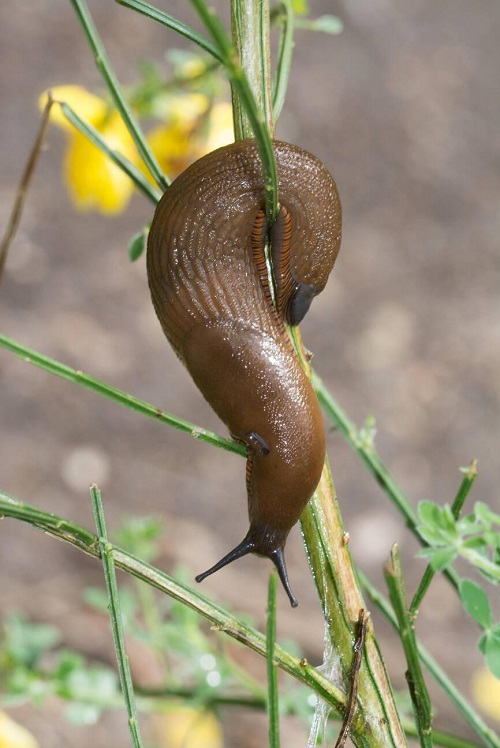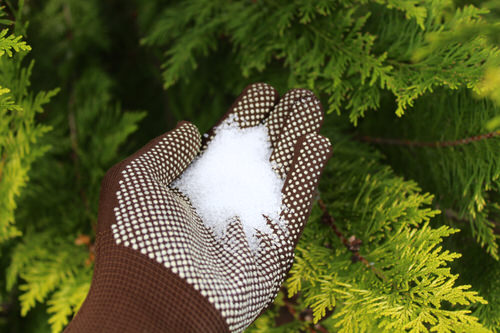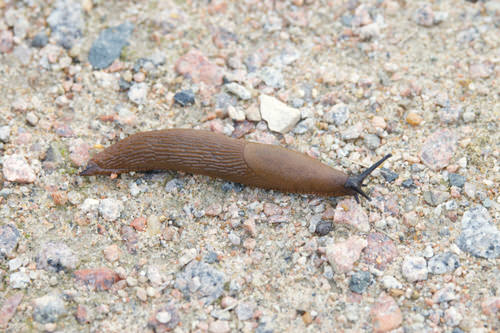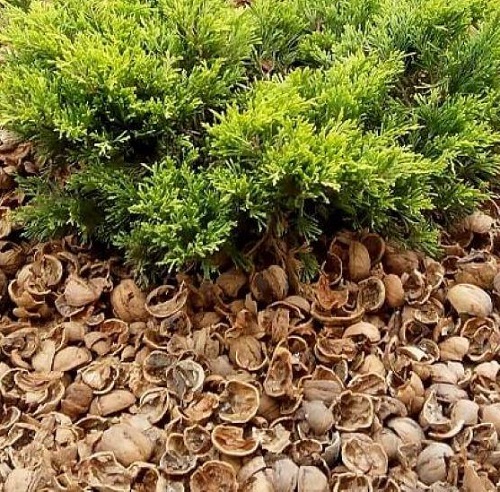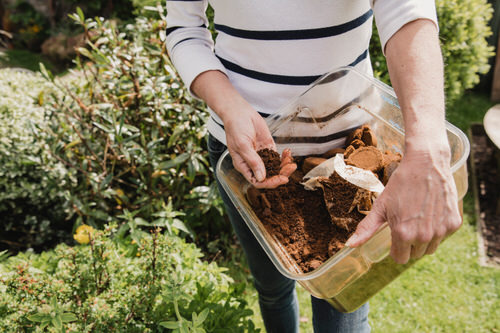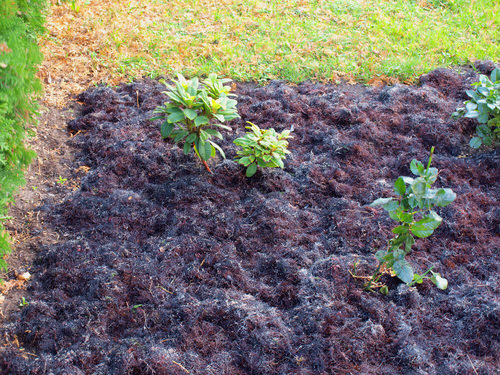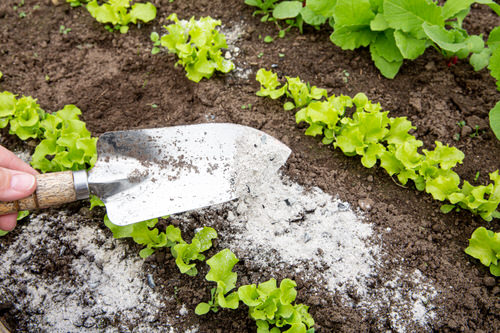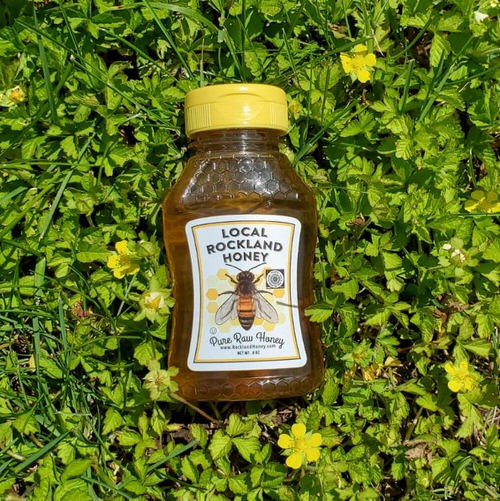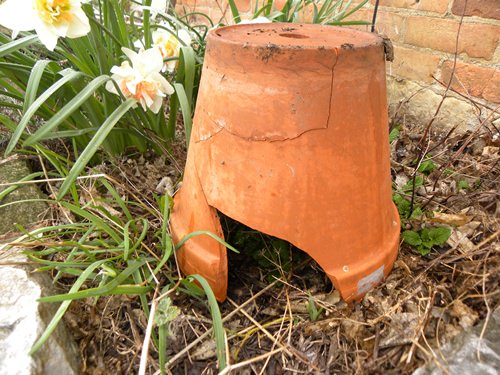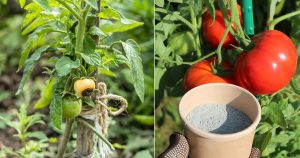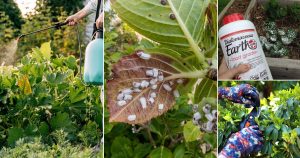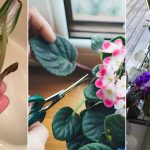Find How to Get Rid of Slugs with these Slug Killer Recipes that will swipe away these pesky pests from your garden.
Put an end to your worries on How to Get Rid of Slugs with these natural Slug Killer Recipes, for they will ensure the safety of your veggies besides keeping those critters away!
What Drives Slugs to Your Garden?
Slugs are slimy creatures that move around in search of food and shelter and might settle in your garden if they get:
- Damp soil
- Unmaintained overgrown grass
- Wet mossy surfaces
- Nutrient-dense soil
- Leafy vegetables and flowering plants
- Damp wooden logs and large stones
How to Get Rid of Slugs?
The best way to drive these pesky critters away is to cut their source of food and shelter in your garden. Try out the following ways to get rid of slugs from invading your territory:
1. Pouring Salt
Sprinkle salt granules directly on the slugs or create a barrier around the slug-prone plants. Salt draws out the moisture from their body through osmosis, leaving them dehydrated.
Slugs cannot resist dehydration and hence lose their life instantly.
2. Sand smudging
Slugs are slimy creatures that tend to smear anything they move through. They are not fond of coarse particles such as sand that stick to their bodies, slowing down their movement.
Sprinkle sand near heavy feeding plants such as marigold, lettuce, or cabbage. Slugs would avoid the risk of smudging on such an unpleasant surface.
3. Broken Eggshells
You can also spread some broken eggshells around their favorite hangout spots in your garden. Eggshells have sharp edges that can easily injure the slug’s slimy, soft bodies, killing them.
Also, the eggshells will eventually fertilize the soil on decomposition.
4. Nutshell
Broken nutshells work like eggshells to get rid of the slugs. Scatter the broken nutshells and make a protective barrier for your plants. The slugs that come near your plants will soon get injured and die.
5. Sprinkle Coffee Grounds
Coffee grounds affect the slug’s nervous system, causing irregular heartbeats and killing them. Caffeine is a safe alternative to toxic pesticides, as confirmed by the US Food and Drug Administration.
You can either sprinkle coffee grounds directly around the plants and slug-infested surfaces or dilute brewed coffee with an equal part of water to make coffee spray and deter slugs effectively.
6. Seaweed
The high salt concentration in seaweed draws out water from slugs, so they hate loitering around seaweed-contaminated places.
Make sure to sprinkle a thick layer of the deterrent around the garden as it shrinks and becomes coarse on drying — in turn, deterring slugs more effectively.
7. Let Natural Predators Thrive
You can also attract other animals likely to feed on the slugs, such as toads, birds, frogs, hedgehogs, ground beetles, fireflies, ducks, rove beetles, salamanders, nematodes, chickens, and such.
Installing a birdbath to attract the birds means a lesser number of slugs.
8.Natural Predators Thrive
One of the common organic pesticides for snails and slugs is; it upsets the slug’s gut after being ingested. Then, eventually, they quit eating and die.
This option also works for a heavy infestation. Though iron phosphate is safer to use, caution is still recommended, and children and pets should be kept away from it.
Natural Baits and Slug Traps
9. Beer Traps

Beer traps are inexpensive and easy to make. Slugs are attracted to the smell of the yeast in beer.
Take a shallow, clean container such as a butter tub and bury it in the ground in a way that it is about 1-1.5 inches above ground level. Then, fill the container with beer and wait for the slugs to crawl into your trap and die.
This beer trap drowns and kills the slugs but is also toxic to other beneficial bugs, so it is only recommended for a considerable slug infestation.
10. Board Game
This is another trap that you can set for the slugs using a wooden board. Place the plank in your garden and let the mollusks come and hide under the board at night. In the morning, you can lift the board and remove the slugs trapped in it.
Alternatively, you can also use a carpet or black-colored plastic sheet to do the same.
11. Honey Trap
You need to set up a trap using sugary products such as honey and yeast to make this bait.
Fill half of a wide-mouthed jar or a bowl with the mixture of water, honey, and yeast and bury it in the ground. Place it deep enough in the ground to allow the slugs to crawl into it easily and drown. You may then remove the trapped critters later.
12. Inverted Saucer Trap
An inverted saucer can be another helpful method to trap these mollusks. Place some lettuce or cabbage leaves as bait inside the inverted vessel kept in the garden. The slugs will walk into the trap and get caught inside; you can later feed them to the birds.
13. Overturned Flowerpots Trap
This one works similarly to the inverted saucer trap. You can place a couple of small flowerpots tilted and let the slugs move into them. Leave them overnight in the garden to capture as many of these mollusks as possible.
14. Grapefruit Halves
After eating grapefruits, put the empty peels around the base of the plants. The slugs and other pests will crawl into the fruity domes; you can then pick them up in the morning and feed the birds with a slug meal.
Alternatively, you can also use inverted leaves of cabbage, orange, or melon rinds to get the same results.


